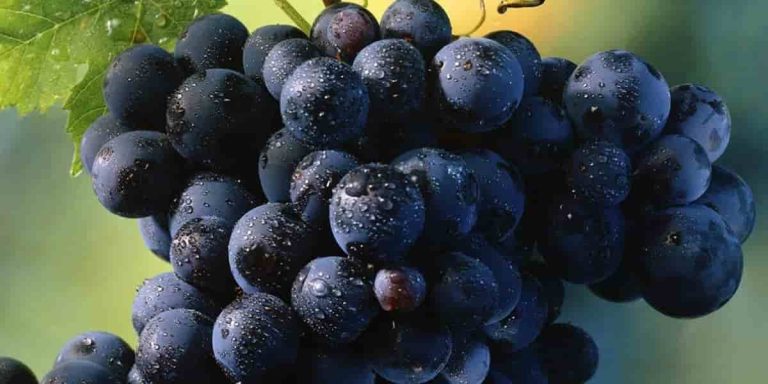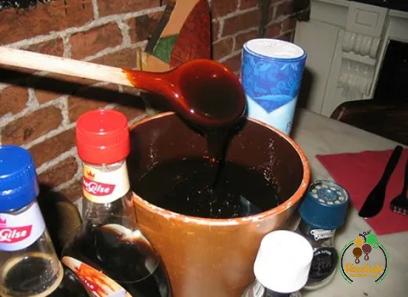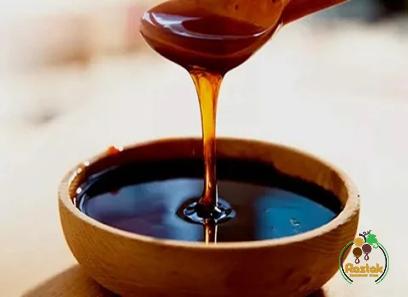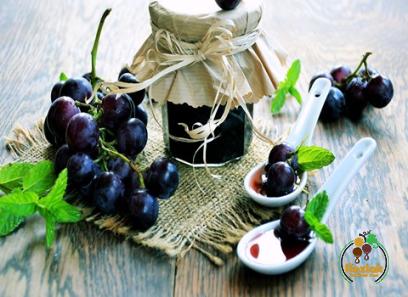Grape production – if done on a rational and scalable basis – can be a good source of long-term income as it is profitable for producers and exporters.
However, growing grapes, whether for raw consumption or winemaking, is an option that will hit you and your land for at least two decades. Therefore, this decision requires extensive research and a clear action plan.
First of all, you should know that many countries have very strict laws regarding the licensing of grapes. Second, it’s always better to have your own land (at least 4-5 hectares), because growing grapes requires years of farm work.
The average grape plant matures and produces maximum yield about 7-8 years after planting. So, if you plan to rent a farm, the fixed costs will increase and no one can assure you that you will be able to occupy the area in a decade.
In short, grape is a perennial plant that has many ways of growing. As a rule, wine-making varieties mature and yield well about 7-8 years after planting.
On the other hand, contemporary table grape varieties (designed for raw grape consumption) can reach maturity and maximum yield only two years after planting. They can continue to produce well for 15-17 years, after which most table grape growers will plow and destroy the crop because it is no longer capable of producing well.
Most commercial grape growers start their vineyards from grafted plants. However, in some countries where the soil is free of vegetative bacteria, autotrophic plants may be preferred.
It is important not to plant a new vine in the same place where an old one was recently removed. The soil there is likely drained and possibly contaminated. The interval between replanting can be from 2 to 5 years.

Choice of variety is very important. Each grape variety has unique characteristics that can only be expressed in specific climatic and soil conditions and growing techniques.
Varietal selection is a limiting factor when growing grapes. Rootstocks and cultivars must be compatible – and of course choosing the right species for the climate is important.
In general, vines prefer hot, dry summers and cool (not cold) winters, soils with less than 25% clay and a small percentage of sand, although again this depends on the type of foundation. A lot of organic matter is also needed. High humidity during the summer can increase fungal infections.
Temperatures below -3°C (27°F) during spring or below -15°C (5°F) during dormancy will damage wood, young shoots and buds. Additionally, the soil temperature should be above 5°C (41°F) so that the vine can recover as much organic matter as possible in the soil.
Optimum pH level and relative humidity depending on the species. In general, optimal pH levels are between 6.5 and 7.5. However, some species grow well with levels closer to 4.5 or 8.5.
Once you’ve sorted out all the bureaucracy and variety, you need to start the pre-planning processes. Grape growers save land and any previous crops at this time. However, heavy harvesting on steep terrain can have unpleasant consequences such as erosion.
Sloping areas need to be leveled. Otherwise, water is likely to overflow from the upper levels and pool at lower levels, causing waterlogging.
Next, growers install drip irrigation systems for water gardens. When they are ready to plant, they make small holes in the ground and plant the plants there. Fertilizer, drip irrigation and weed management are used in most cases.
After transplanting, it is time to apply vine shape and training methods. Depending on the type of vineyard, environmental conditions, soil, harvesting techniques and of course the experience of each grape, there are several training systems to choose from.
Growers shape their vines using supports and pruning. In most cases, this process requires 2-3 years for winemaking types and 1-2 years for table grapes.

grape producers
Currently, China is the most populous country in the world in terms of grape cultivation. This country ranks first among grape producers with an annual production of nearly 14 million tons of grapes. As a rule, a large part of these products is exported.
Grapes have long been welcomed by the people of different countries. Grape cultivation has a specific temperature range. The minimum temperature for its cultivation should not be less than 15 degrees below zero.
And the maximum temperature for growing this fruit should not be more than 40 degrees Celsius. As a result, certain countries will have the best conditions for growing this fruit. Adequate space will also be required.
Because this fruit should have rows of vessels with a proper distance from each other. Therefore, having suitable cultivated area is also one of the factors. It is effective in planting grapes.
Italy ranks second with the production of 8 million tons. This country is also suitable for growing grapes due to its good climate.
The third place belongs to America. With the production of 6 million tons of grapes in 2019, this large country is currently the third largest producer, and the state of California is the largest producer.
In fourth place is Spain with production of 5.7. France with 5.5 million tons is in fifth place, Turkey is in sixth place with 1.4 million tons, India is in seventh place and Chile is in eighth place with 2.7 million tons.
After the curtain is applied and shaped, they begin their annual work schedule, which includes pruning, deadhead removal, defoliation, and thinning of the vines. Some grape growers remove most of the growing branches during the growing season to encourage the plant to devote its resources to fewer but higher quality fruits. Of course, not all winegrowers prefer this method.

It is important to monitor the crop almost daily during the growing season to prevent the spread of diseases and other adverse conditions. Harvesting can be done manually with scissors or knife or mechanically by a tractor. However, table grapes can only be harvested by hand. Each method has its advantages and disadvantages. Traditional European vineyards that produce high-quality, low-yield wines are harvested by hand.
It is difficult to generalize when the grapes are harvested. It is a combination of diversity with climatic conditions, soil characteristics, and growing techniques. Sometimes we can harvest grapes on the same date as last year.
Even in the same field, with similar grape varieties, the time of vine harvest may vary. In general, it can be said that in the northern hemisphere most varieties ripen from August to November, while in the southern hemisphere they ripen from March to August.
After harvest, grape growers carefully separate healthy grapes from diseased ones, carefully clean them, then cool and store them for sale raw or begin the winemaking process. After harvesting and leaf fall, grapes periodically enter the sleeping period.

grape exporters
European countries are in the first place in the export of fresh grapes, Asian countries are in the second place.
The statistics also show: From a continental perspective, suppliers of European countries had the highest dollar value of fresh grapes in the international markets during 2020 and exported a total of 2.5 billion dollars, which is equivalent to 27.5% of the world’s grapes. .
Statistics say: Asian exporters are in second place with 26.3 percent. While 22.7% of the world’s grape shipments were sent from Latin America, thus ranking third.
Top 5 grape exporters in the world
In 2020, China, Peru, Chile, Italy and the United States were the top 5 exporters and supplied more than half of the fresh grapes shipped to the world market, the statistical data says.











Your comment submitted.